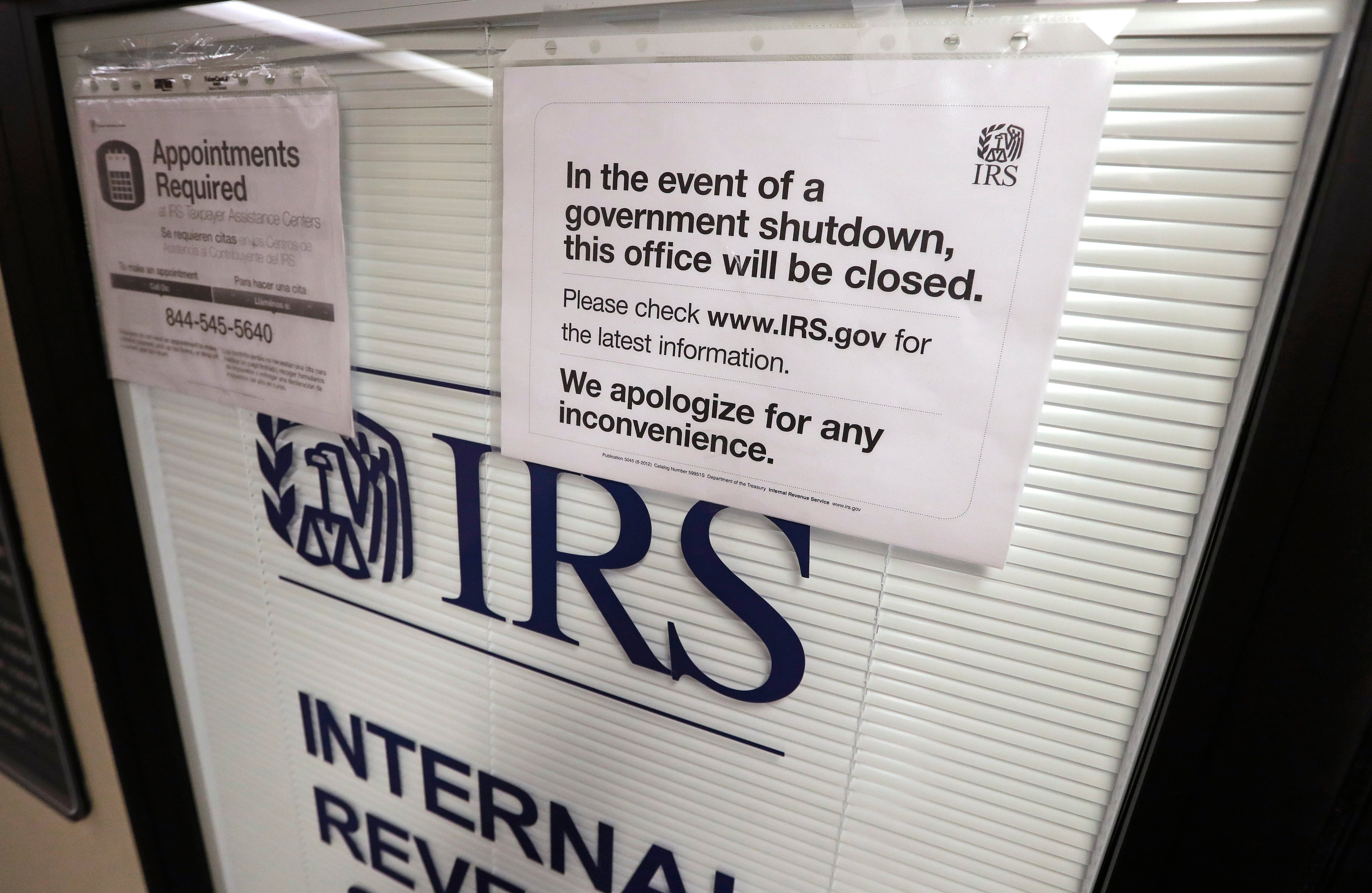A Congressional hearing recently revealed that $1 trillion in approved grants are not delivered due to unnavigable systems. The finding underscores the reality that grants management practitioners struggle with firsthand on a daily basis: cumbersome user experience and the deeper issues of misaligned systems, siloed datasets, and poor data availability and standardization.
Let’s examine the obstacles to effective grant management and how steps at both the UX and data management levels can ensure more traceability and better control of grants management processes and workflows.
Pain points of modern grants management
With over 50 different federal agencies funneling money to 131,000 recipients through 1,900 programs, grants management professionals face no shortage of challenges developing and implementing effective systems to manage federal grants programs. It’s a complex ecosystem where every configuration issue or process bottleneck represents more than just an administrative headache.
Each problem or slowdown ultimately manifests in degraded service delivery—whether that’s a stalled highway project that inflicts perpetual gridlock on an entire city of commuters or even a crisis scenario, such as, disaster victims waiting longer for crucial relocation or housing support.
While these challenges are nothing new, what makes the recent $1 trillion bottleneck so significant is that it involves grant funding that had already been appropriated: the willpower is there to fund an initiative and the approval process is in place, but the problem lies in the technology—the administration and follow-through on grant management platforms.
Common issues include confusion over how to apply or give supporting information for a federal grant or loan, missed milestones, and excessive time spent filling out duplicative forms.
These problems can derail the awarding of new grant money and stall delivery and execution of funding that’s already been greenlit. And subpar grants management technology also negatively impacts regulatory compliance. As just one example, the Digital Accountability and Transparency (DATA) Act requires all of the federal government spending information to be hosted and published in one single, unified data set. This legal requirement is more difficult to meet if grant management IT systems and data are not sufficiently aligned and coordinated.
The essential need to improve traceability
Basic UX improvements are table stakes for addressing the pain points summarized above, but these steps must be accompanied by transformation at the underlying data layer as well. To be sure, simpler navigation and more intuitive user interfaces are important. But the solution needs to go even deeper than this. It needs to include modernization at the data layer to ensure more seamless system operation and more traceability.
Traceability happens when visibility, accessibility, and management of cyber assets are matured to the point where every step of a business process is decomposed, represented, understood, and controlled at the granular data level. This can be attained through low-code or similarly intuitive platforms that empower grants managers and workflow analysts with process-based applications. Such applications are designed to automatically configure and align the underlying data to reflect every attribute that’s established or change that happens in the grants management journey.
Traceability allows for the precise tracking of every single step in the grant management lifecycle, including the path an application is taking and all reporting and compliance implications. This creates more observability and control over processes, making it easier to troubleshoot bottlenecks, optimize workflows, and curate a more seamless and efficient grants management lifecycle. Strong traceability also strengthens compliance and reporting—something that’s particularly useful in an environment where Congress and federal agencies are hungry for success stories in the form of demonstrable proof of impact and equity to justify the awarding and reallocation of grant funding.
Key transformation priorities and benefits
Not surprisingly, the technological underpinnings that ensure traceability lie at the essential data layer.
Transformation at this layer—which may involve data lake, data mesh, or data fabric architectures—should focus on breaking down data silos to create an unobstructed view of all data, ideally without having to physically move or reformat data across multiple systems.
This ability to unify the data landscape without the hassles of data migration and reconfiguration is especially powerful in a government ecosystem where the journey of a single grant may involve dozens of agencies, departments, and municipalities. Agencies can leverage such technology to quickly develop an application for a specific need while also extending their return on investment by deploying additional applications to support their internal demands.
Such capabilities also set the stage for more repeatability in processes—no small benefit in light of the daunting administrative burden often found in grants management. For example, Grants.gov requires completion of a 70-page Notice of Funding Availability to gauge eligibility for each opportunity. Repeatability at these early stages and across the funding lifecycle—from initial proposal and application through the award, distribution, and reporting phases—greatly reduces the overall grants management burden.
RELATED

These combined benefits strengthen the management integrity of ongoing grants and are particularly valuable in rapid-response situations, where organizations must quickly deliver new grant funding in response to natural disasters, acts of terrorism, or other emergency conditions. In these mission-critical scenarios, innovation and speed to mobilization can revolutionize the effectiveness of the federal grant process.
Traceability is the essential improvement that will address multiple pain points in the grants management lifecycle. As IT and workflow managers work to make their processes more efficient and traceable, modernization toward this goal should ideally address transformation at both the UX and underlying data layers. When successful, these efforts free up time for both grant administrators and awardees and make the entire grants management ecosystem more efficient and effective for service delivery and mission success.
Jason Adolf is Industry Vice President, Global Public Sector, at Appian, a cloud computing and enterprise software company headquartered in McLean, Virginia.





